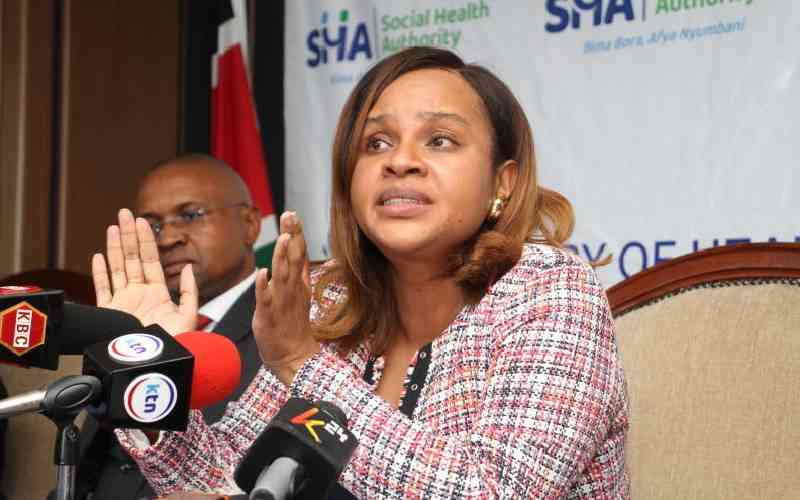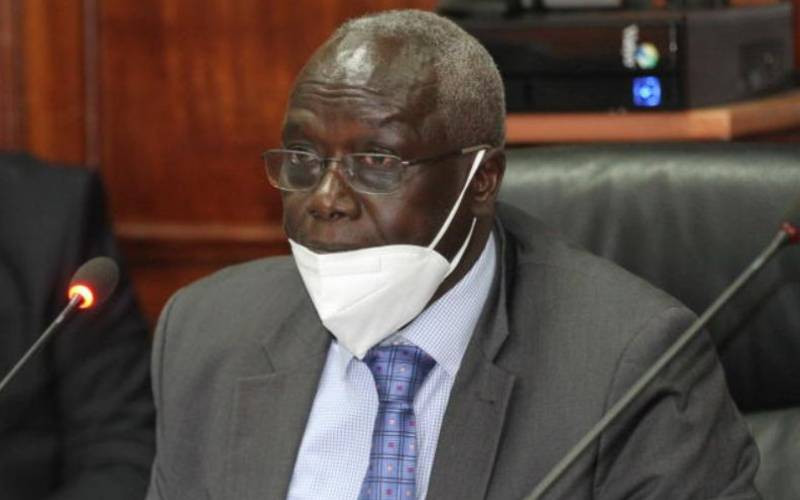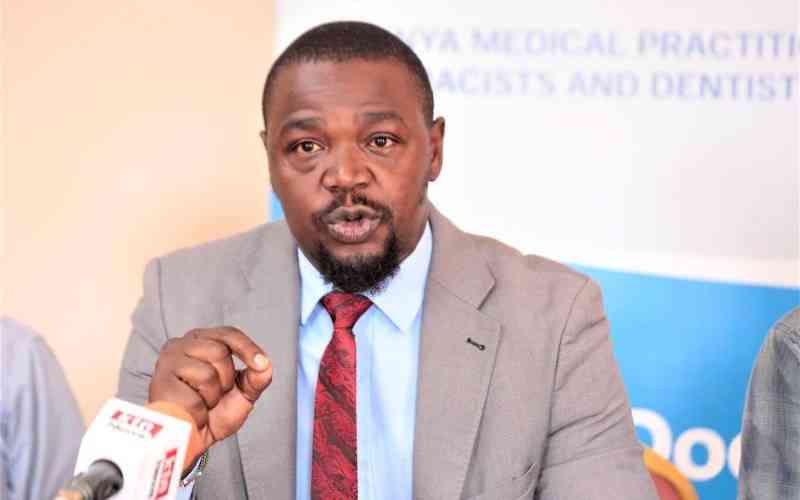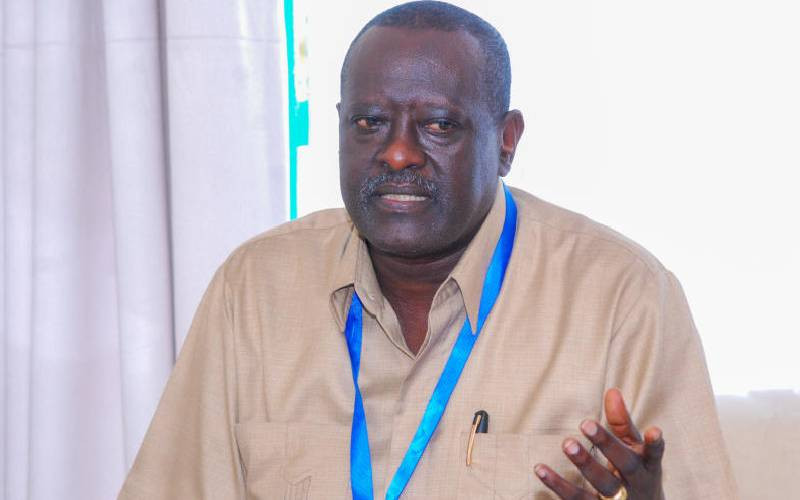
Regions turning out into epicentres of Covid-19 are facing shortage of testing kits, according to health officials and scientists.
These regions include the Lake Basin, North Rift and Upper Eastern where14 counties have inadequate testing kits and thus low capacity for contact tracing and surveillance, according Dr Rosemary Obara Okeyo, the Lake Basin Economic Block (LREB) health pillar lead.
A report by “most counties have a testing quota of 30 tests per day” and “these will not be helpful in the predicted fourth wave,” and Dr Okeyo explains that long distance truck drivers are forced to wait longer at the border points of Busia and Migori contributing to community spread of the virus besides increased activities at the Kisumu international airport after the lockdown was lifted.
These counties including Kisumu, Kisii, Kericho, Siaya, Migori and Trans Nzoia also use Prevention, Retention and Contingency (PRC) which is slower in delivery of results over Rapid antigen test, says the report and Dr Okeyo concurs “there is a problem with turn around on testing, due to lack of testing kits, and economic activities also contribute to spread of the virus.”
These counties also have non-functional infrastructure and inadequate supplies for Covid-19 management, few functional Intensive Care Unit (ICU), shortage of medical oxygen and insufficient compliance and enforcement of public health regulations.
Dr Okeyo said hospitals are overstretched including the Jaramogo Oginga Odinga Referral and Teaching Hospital (JOORTH), a leading facility in the region, which is full to capacity and has insufficient supply of oxygen.
“More community surveillance is required, and sensitization, to avert a spike of cases that also demand hospitalization,” she said adding that the hospitals also need more health professionals.
In view of the anticipated and more lethal fourth wave, the report advised against any super spreader events in member counties, but still Kisumu went ahead to host the Madaraka Day celebrations on June 1, yet “when leaders ignore independent scientific advice, reality sets in and avoidable disasters inevitably follow,” noted the report.
Other recommendations included harmonizing enforcement of public health measures, upscale risk communication through media and revamping of contact tracing and community surveillance besides providing a dedicated budget line for inter-county Covid-19 management.
At a glance
August 10, 2020
When Kenya experienced the first wave of coronavirus up to September 4, 2020
December 5, 2020
When the second wave began leading to longer curfew hours and lockdowns
February 25, 2020
The third wave begun with a brief decline between 23 April and 9 May 2021
June 26, 2021
Predicted date for new peak in infections until the tail end of July, 2021.
 The Standard Group Plc is a multi-media organization with investments in media
platforms spanning newspaper print
operations, television, radio broadcasting, digital and online services. The
Standard Group is recognized as a
leading multi-media house in Kenya with a key influence in matters of national
and international interest.
The Standard Group Plc is a multi-media organization with investments in media
platforms spanning newspaper print
operations, television, radio broadcasting, digital and online services. The
Standard Group is recognized as a
leading multi-media house in Kenya with a key influence in matters of national
and international interest.











